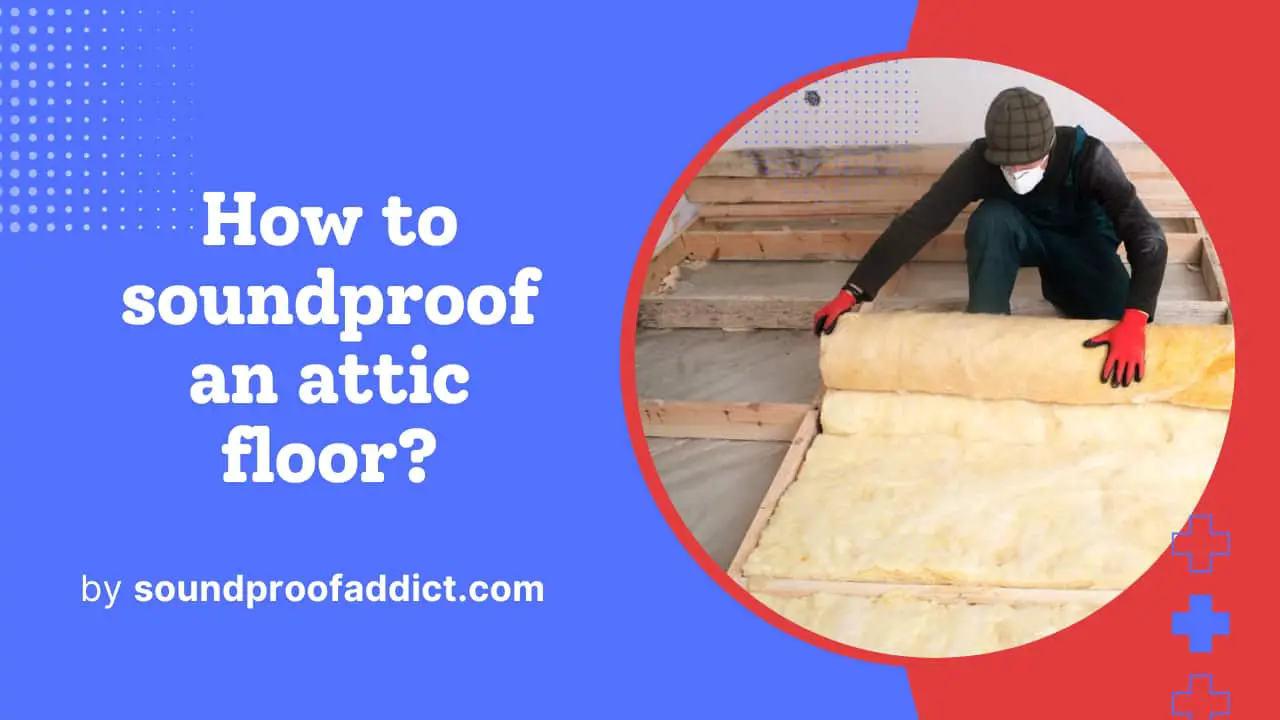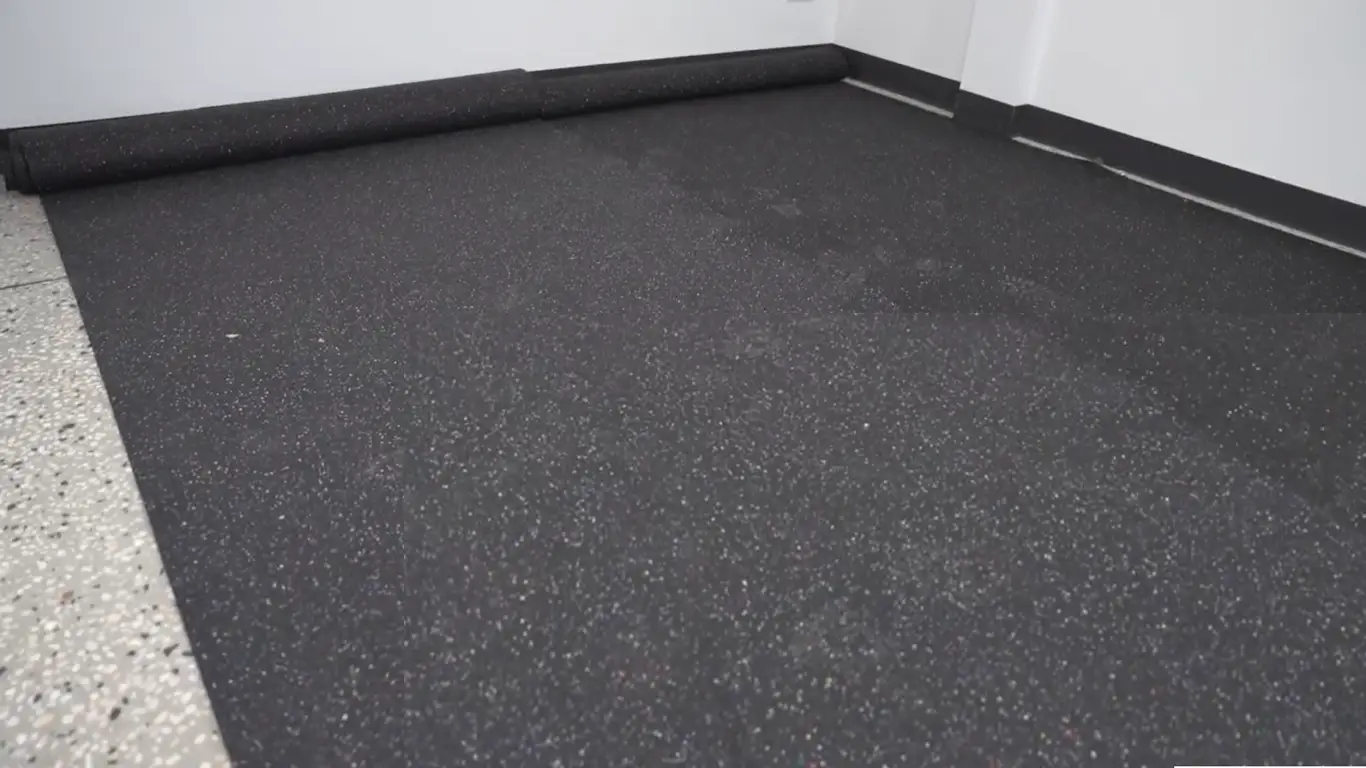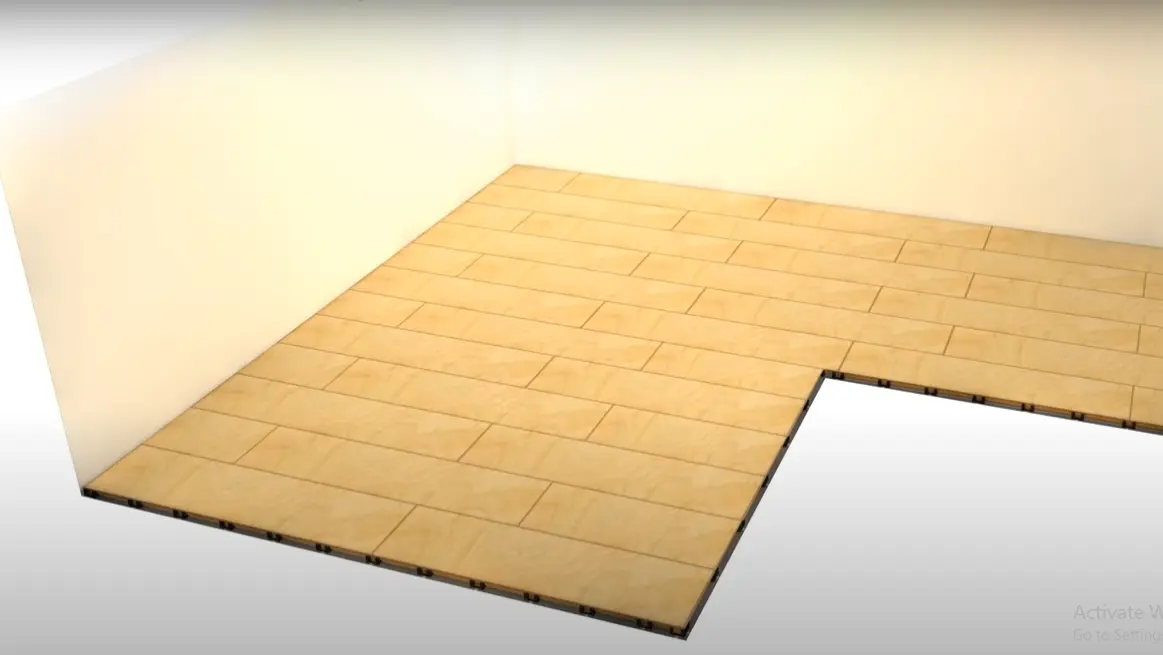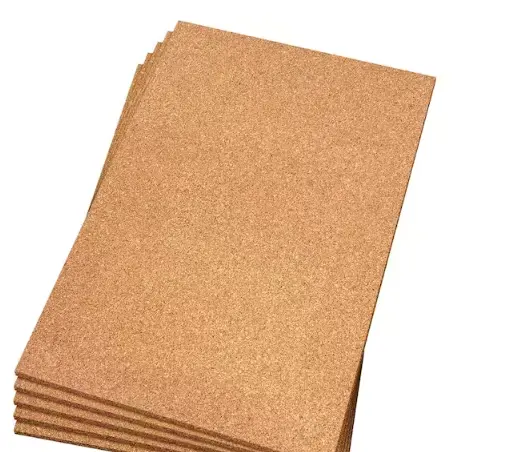How to Soundproof an Attic Floor? {5 Proven Ways}

Believe it or not, your attic is like a hidden gem in your home that many people overlook. It’s not a place to just store old stuff, it can be turned into a cozy reading spot, a small home office, or even a super cool home theater and playroom.
But when you start using your attic for fun stuff, it can cause some issues, and the most obvious one is noise. Noise is everywhere, and attics usually aren’t designed to keep it out.
And to prevent it you need to soundproof your attic, and one of the most important parts to soundproof is the floor.
Now, how do you actually go about soundproofing your attic floor? Well, here are five tried-and-true methods you can use.
5 Proven ways to soundproof an Attic floor
1: Fill the gap between the floor joist
The very thing you should do to make your attic floor soundproof is fill the spaces between the joists. It is one of the powerful methods to reduce noise passing through the floor.
And the best material to fill this gap is mineral wool insulation. It is the best material for this kind of gap-filling. It effectively traps sound and dampens vibrations helping reduce the transfer of impact noises. (source)
As a bonus, it also helps with thermal Insulation. So how do you go about using it? Well, follow the steps…
- The first I recommend doing is sealing off any cracks on the floor joists using acoustic sealant.
- Or, If your budget allows, consider laying down soundproofing tape on all the joists for an added layer of noise reduction.
- After doing that, fill the joist using the mineral wool.
- And finally, install the floorboard over it and make sure to seal the gaps on the sides.
So, there you have it – a simple, cost-effective way to make your attic floor quiet.
2: Lay a thick rubber mat on the floor

So if you want to make your attic quieter and have a good amount of money to spend, putting a thick rubber mat on the floor is a solid idea. In my opinion, it is the best way to soundproof an attic floor.
Rubber mats are super dense and dampen noise very, very effectively. It prevents noise transmission from downstairs to upstairs and vice versa. It also makes your attic quieter by absorbing the noise in it.
So it is an all-in-one solution for making the floor soundproof. But as mentioned earlier, it requires a hefty investment of $4 to $9 per square foot. If you’re wondering how thick the mat should be, aim for at least half an inch. I noticed a noise reduction of almost 37 dB.
And the best part is, you don’t have to do any kind of installation, just purchase it and lay it on the floor and chill!
In a nutshell, if you want a super quiet attic and you’re willing to spend some bucks, a thick rubber mat is like a magic spell against noise. It’s a bit pricey, but it gets the job done.
3: Install a floating floor

Installing a floating floor is kind of a very overlooked way for soundproofing floors. But it is insanely effective at cutting sound transmission from downstairs and helps your space keep quieter.
But to be honest, it is a very expensive and complicated method. I was even in doubt when installing it and it took me over 3 hours to install it to soundproof a wooden floor.
These are the steps I took to install a floating floor:
- First things first, I checked for squeaky floorboards and fixed them.
- Then, I drew the horizontal lines on the floor spaced 10 inches apart, then drew the vertical lines.
- Then on each intersection point, I placed joist isolators or cradles. This thing breaks the transmission of impact noises.
- After that, I insert the battens on the isolators.
- And, popped some green glue on the top of the battens and laid the floorboard over it, and secured it with 2 inches screws. I continued repeating the process again and again until I was done covering my floor.
- Over it, I also laid out a rubber mat for even more satisfying noise reduction.
So if you are a beginner and trying to carry it out yourself, you may face some issues and if you are an experienced DIYer then the job will be much easier for you. Either way, the result is worth the effort.
4: Install 12 mm thick cork sheets on the floor

If you’re not exactly a DIY enthusiast and searching for a quick and uncomplicated solution to make your attic floor quiet, I’ve got just the ticket for you – cork.
Well, this is a budget-friendly option for anyone looking to get his loft floor soundproof in minutes. Cork is very good at absorption and reduction.
According to cancork.com, 12mm of cork underlayment can reduce sound by up to 48 decibels, super impressive! So how do you go about using this technique,
- Well, begin by applying heavy-duty glue to the floor.
- Then, lay the cork sheet over it.
- Repeat this step until your entire loft floor is snugly wrapped with cork.
5: Install a rubber mat and OSB over it
If you have planned to turn your attic into a small theater or a recording studio and you haven’t a ton of money for it then installing a rubber mat and OSB sheet over it would be a really solid choice.
We have talked about rubber mats previously in this article. Well, OSB is a very effective material that many people use for soundproofing.
It has a very respectable density of 600-680 kg/m3 (source) and is capable of cutting down noise by over 30 dB. Here are the 5-steps you need to take for this method:
- Ensure the existing plywood is secure and free of any protrusions. Fix any uneven spots and make sure the surface is clean.
- Before producing further, seal any gaps or cracks between the plywood sheets using an acoustic sealant.
- Roll out the rubber mat over the plywood surface. I recommend using a mat that is at least 6mm thick. Ensure it covers the entire area, leaving no gaps or overlaps.
- Now, place the 1/2″ OSB on top of the rubber mat. Secure it in place using screws, ensuring a tight bond with the plywood beneath.
- Complete the ensemble by installing your chosen carpet and pad over the OSB.
This way of soundproofing is super impactful. It cuts down the sound transmission from low to no. By the way, this technique can cost a bit, but it is perfect if you are doing any sort of audio-related thing.
Conclusion
Soundproofing your attic floor opens up a world of possibilities for transforming this often overlooked space into a home office or even a small home theater.
The attic, with its unique charm, can become an integral part of your home, but dealing with the noise is key. Above all the ways I introduced you to for soundproofing a loft floor, using a thick rubber mat stands out from the rest.
Rubber has some serious sound-dampening capacities. But it is also the costliest option. So if you have a low budget then filling the gap between the floor joist and installing a rubber mat over it can be the option you want to explore.
Another budget-friendly option is cork underlayment. If you have any questions or need guidance specific to your situation, feel free to ask. That’s it! Have a nice day!
